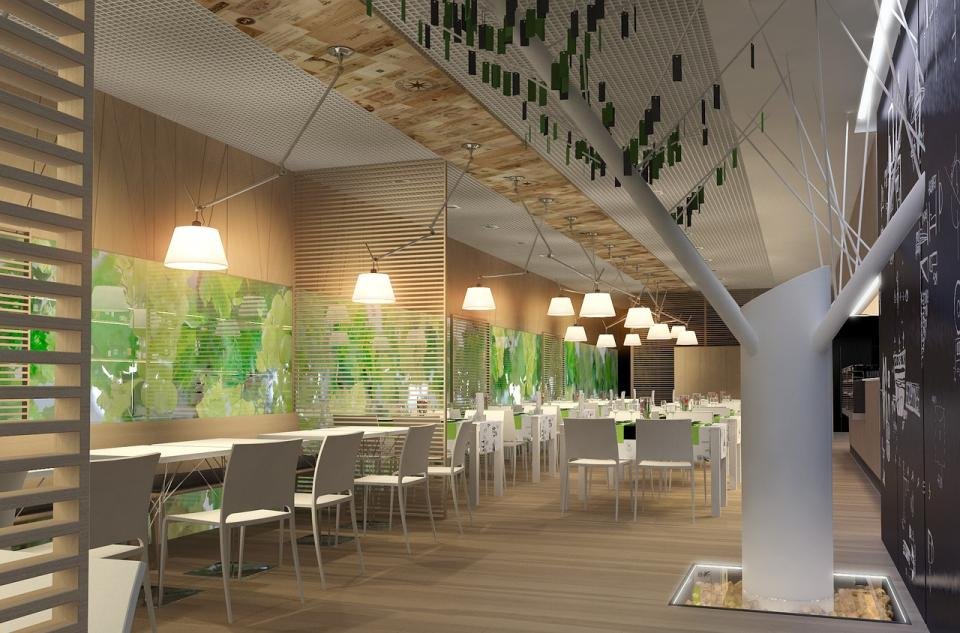Opening a restaurant is an exciting venture, but it requires careful planning, creativity, and a well-executed transformation of an empty unit into a fully functioning dining space. From securing the right location to designing the layout, there are multiple factors to consider. Here’s a step-by-step guide to turning an empty unit into a thriving restaurant.
Choosing the Right Location
The first step in transforming an empty unit into a restaurant is selecting a prime location. You’ll want to evaluate foot traffic, visibility, nearby competition, and accessibility. Conduct a thorough analysis of the surrounding demographics to ensure the area attracts the type of customers you wish to serve. Consider proximity to public transportation and parking facilities as well, which are important for making the restaurant accessible and convenient for patrons.
Once you’ve identified a suitable location, assess the potential of the unit itself. The size, layout, and existing infrastructure will play a key role in shaping the overall concept and design of the restaurant.
Securing Permits and Licenses
Before any physical transformation can begin, it’s essential to secure the necessary permits and licenses. This includes health and safety certifications, zoning permits, food handling permits, and alcohol licenses if you intend to serve alcohol. Make sure to work closely with your local government to ensure compliance with all regulations, as failure to do so can result in costly delays or even legal action.
Design and Layout
Design is one of the most exciting parts of transforming an empty unit into a restaurant. The layout of the space should be both functional and aesthetically pleasing. When planning the layout, consider flow for both customers and staff. The kitchen, bar, dining areas, and restrooms should be strategically placed to maximize efficiency. Turning to Frontier Fitouts is a good idea as they can manage the entire process.
- Kitchen: The heart of the restaurant, the kitchen should be positioned in a way that supports the workflow of chefs and staff. It should also comply with health and safety standards, including ventilation and fire safety requirements.
- Dining Area: Focus on creating a comfortable and inviting atmosphere that reflects your restaurant’s concept. The seating arrangement should accommodate various group sizes without making the space feel overcrowded.
- Bar and Service Stations: If your restaurant has a bar, ensure it’s accessible but not intrusive to the dining experience. Service stations should be located in key areas to facilitate quick and seamless customer service.
Furnishing and Décor
The furniture and décor should align with the restaurant’s overall theme and brand identity. Whether you’re going for a chic and modern look, a rustic farm-to-table vibe, or a cozy, traditional feel, the furniture, lighting, and color scheme should work together to create an immersive dining experience.
It’s important to choose durable furniture that can withstand daily use, while also keeping in mind comfort and style. Lighting plays a crucial role in setting the ambiance; a well-lit dining area can enhance the mood and make the space feel more welcoming.
Investing in Equipment
Outfitting your restaurant with the right equipment is crucial for ensuring smooth operations. High-quality kitchen appliances, refrigeration, and cooking tools are a must. Invest in reliable equipment that suits your menu and style of service. Additionally, consider point-of-sale (POS) systems that streamline ordering and payment processes. POS systems with integrated inventory management can also help in reducing waste and optimizing supply chains.
Marketing and Launching
Once the transformation is complete, it’s time to spread the word about your restaurant. Invest in a strong marketing strategy that includes social media, local advertising, and partnerships with local businesses. Offering a soft launch or preview event can generate buzz and allow you to work out any kinks before opening to the public.
